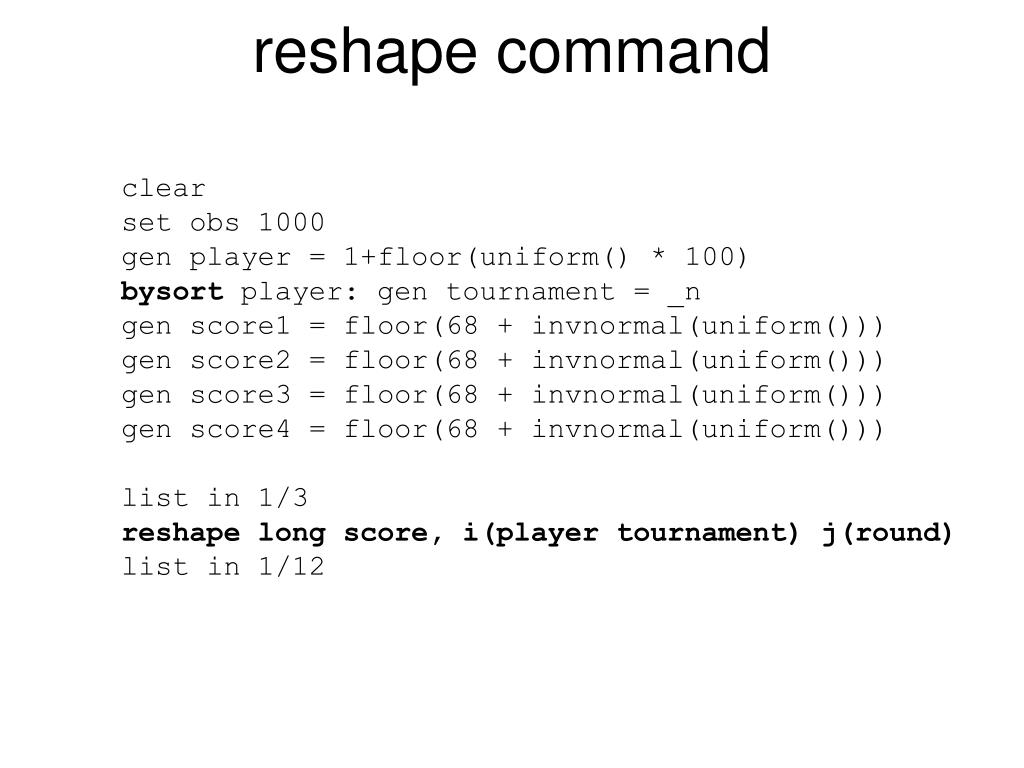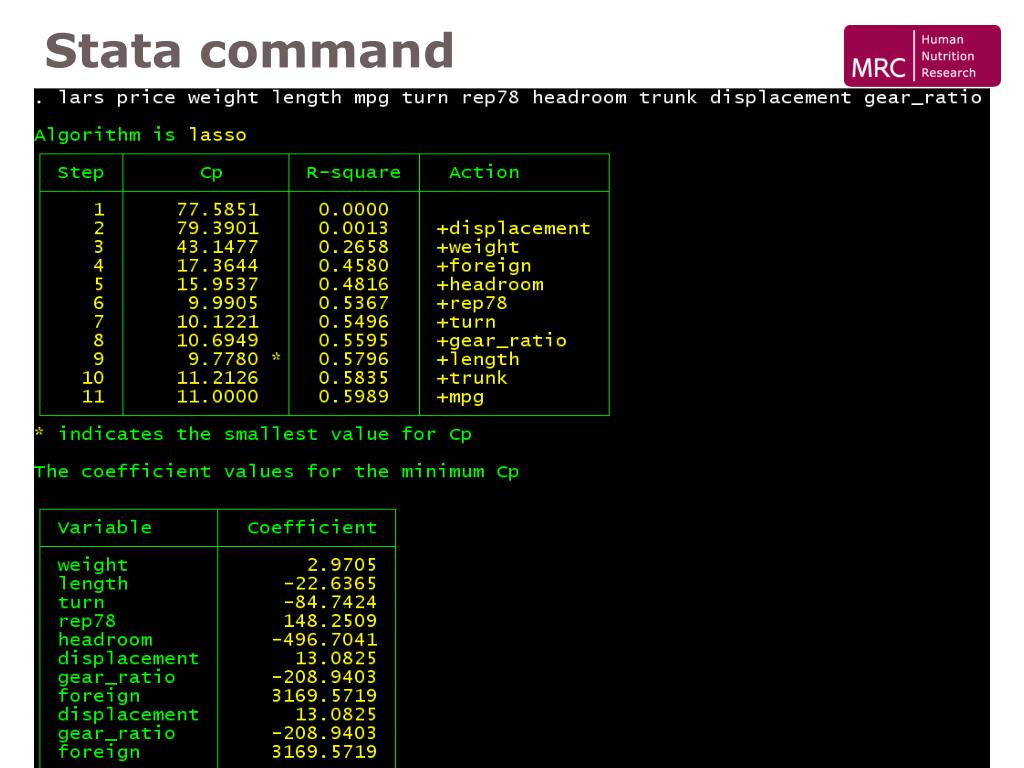

These allow you to load the latest version of the different datasets with a simple line of code or merge your in-use data with the latest version of any one of the QoG datasets. Using QoG Data with the Stata Command qoguse and qogmergeĬhristoph Thewes, University of Potsdam, has written the qoguse and qogmerge commands. We recommend you to always add and open the identification variables: cname, ccode and year (for time-series). Make and Model price 74 74 6165. If that serves your purpose, then asdoc (From SSC) can create a very neat table. For example, variable name, type, format, and varlable. codebook, compact Variable Obs Unique Mean Min Max Label make 74 74. Some of the information generated by codebook can also be generated with des command. It is an alternative to the summarize command.


Note: All lists of prefixes and variable names are available in the codebook. codebook, compact summarizes the variables in your dataset, including variable labels. Call a list of variables in the order currently stated in the dataset (aid_cpnc – vi_ext).Call specific variables directly by their names (icrg_qog fh_ipolity2 wbgi_cce).Call all the variables of one or several data sources by indicating the prefix of the data source (e.g.Remember you can state the list of variables in different ways: Use list of variables using "C:\Link\to\file\qog_std_cs_jan20"Įxample: use ccode cname year icrg_qog using "C:\Link\to\file\qog_std_cs_jan20" Open Stata/IC and the command window to run the following command: This cheat sheet summarizes common Stata commands for econometric analysis and provides their equivalent expression in R.Choose the variables you want to read using the QoG Standard Codebook.Users who still want to access the QoG standard datasets can follow these steps: If you are a Stata/IC user, it means you are not able to load more than 2047 variables. The QoG Standard dataset has more than 2000 variables. Using the QoG Standard dataset in Stata/IC


 0 kommentar(er)
0 kommentar(er)
